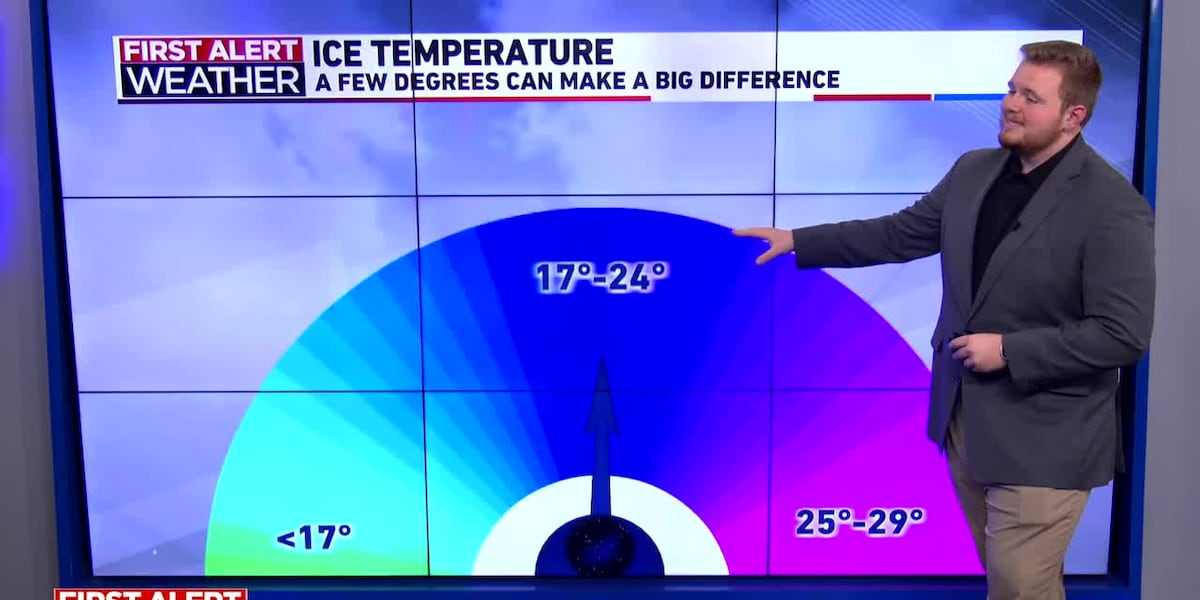Sports
Ice temperatures play a major role in different sports

(WIFR) – On the final day of 2024, the friendly confines of Wrigley Field hosted two Western Conference rivals; The St. Louis Blues took on the hometown Chicago Blackhawks in the yearly NHL Winter Classic.
Players expressed their excitement about not only the game and the venue, but also about the ice. Blues center Jordan Kyrou comments that the ice started off pretty soft due to some rain, but once the rain had time to freeze, he said you could fly on the ice.
For any ice sport, the quality and hardness of the ice play a big role in the competition.
For hockey, players want the ice hard and cold. This allows them to skate faster and play smoother as any cuts in the ice are smoother. The more cuts and bumps the ice has, the higher the chance the puck will take a weird bounce resulting in messier and slower play.
Figure skaters want warmer, softer ice so they can have more friction to control their movements and have a softer landing.
To achieve the different firmness, ice rinks control the temperature of the ice. To get a softer ice, temperatures are kept around 25 to 29 degrees. The harder ice comes in around 17 to 24 degrees.
If the ice is too cold, the ice would chip into shards which is exceptionally dangerous to fall onto.
The weather also played a role in the Winter Classic by helping keep the ice below 24 degrees. The outdoor temperature at puck drop was 36 degrees; a lot cooler compared to the normal 55 to 65 degrees inside an ice rink. This took some stress off of the world’s largest mobile refrigeration unit to keep the ice in perfect playing conditions.
Copyright 2025 WIFR. All rights reserved.









